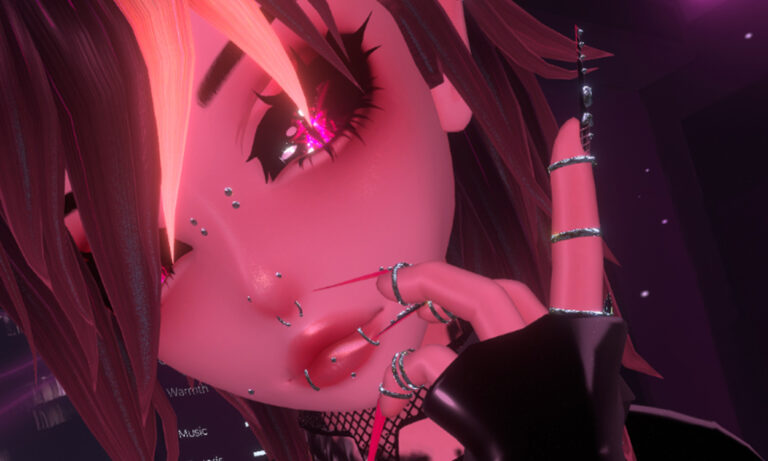Virtual sex worker denied entry to the US despite complete legal clarity over work

You know how rule 34 goes, if it exists or can be imagined, there’s definitely internet porn of it. Well, this concept also applies to the recent rising trend of Virtual YouTubers (known as VTubers), which refers to online entertainers who disguise their appearance using a customised digital avatar.
“These avatars are typically two-dimensional or three-dimensional creations that resemble anime characters with large eyes and boisterous personalities,” internet subculture expert Malavika Pradeep once wrote for SCREENSHOT.
That’s where virtual reality (VR) sex workers come in, an 18-rated approach to VTubing which, unlike other more ‘traditional’ sex work, comes with its own set of regulations. Because this specific branch of sex work doesn’t include the type of physical contact that leads to sexual intercourse, technically, it can’t be defined as what is generally known as ‘prostitution’ and isn’t illegal.
But, as with anything that society sees as taboo, this kind of work still comes with a lot of misconceptions and judgement. This in turn often results in officials blurring the lines between enforcing the law and discriminating against someone’s profession out of bias. That’s what VR sex worker Hex went through when she was denied entry to the US on the basis of “prostitution” despite doing promiscuous but legal work over the internet.
As an online sex worker, Hex hosts shows and posts photos and videos from social VR platform VRChat to her Fansly account, a subscription website for erotic content similar to OnlyFans. Just like VTubers, she streams from behind a virtual 3D avatar that tracks her movements, often wearing fuzzy animal ears and fantasy-inspired costumes.
Speaking to VICE about her experience with US immigration authorities, Hex explained that she wanted to travel from the UK to go and visit her friend in the US this year, which meant she had to apply for a visitor visa first.
In late January 2023 however, Hex received a letter stating that she had been denied entry into the country and would be permanently ineligible for admission. The reason given was the code for “prostitution.”
If you’ve never had to apply for a tourist visa, it should be noted that the US is infamous for how thorough—and sometimes unfair—its admission system can be. The country’s immigration authorities analyse both a traveller’s immigration history and criminal history, and look for any evidence to determine whether they could be denied admission.
Though there are countless good reasons why one might get denied entry into the country, other immigration violations are simply ridiculous. Polygamy and substance abuse aside, sex workers often face intense questioning by immigration authorities, even when they don’t have any recorded criminal convictions under laws that criminalise their profession.
To obtain her visitor visa, Hex had to attend an interview with a consular officer, where they would review her application. “When I was at the interview, I told [the officer] everything as my Fansly is virtual reality content from a game called VRChat, I do post IRL pictures of me via a paywall and I do not meet anyone IRL from that platform,” the creator told VICE.
“The woman gave me a very dirty look when I explained everything to her,” she continued. “I told her it was a virtual game and I use a VR headset, she didn’t understand anything I said, all she said to me is, ‘So do you meet these people on this website?’ I said ‘No, absolutely not.’” The officer nodded, Hex said, and told her that she was denied but that her application would be processed.
When Hex received the letter with the decision to deny her entry, she decided to take to Twitter and share her frustrations with the world. “My reaction to the notice was honestly ‘What the hell? How is this possible? What I’m doing is completely legal,’” she posted. “I was very upset and confused, it baffled me completely and it still does.”
The definitions US immigration laws use to define prostitution are obsolete and are clearly in need of an update, with the term currently being defined as “engaging in promiscuous sexual intercourse for hire.” In turn, it also makes it easier for the state department to deny sex workers a visa.
As for Hex, after stating that she wants to “clear my name and get this resolved as it’s unfair and not true,” she received an email on Tuesday 14 February from the London non-immigrant visa office, giving her hope that something might be done about the unfairness of this situation.





